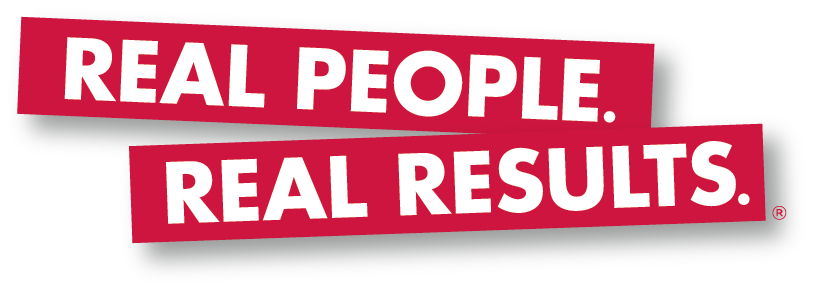As the business world continues to adjust to the new normal brought on by the COVID 19 Global Pandemic it is clear that virtual working, online meetings and an increase on collaborative remote technologies will remain a part of business as usual. Reaching employees, suppliers and customers in new and effective ways, means that all of us need to be well-versed in conducting and attending virtual meetings and working in remote environments.
Businesses need to assess their current needs as well as project their technology needs in the near future. What types of tools and infrastructure changes will your organization need to not only survive but thrive during times of crisis and change?
To get started…
- Conduct and inventory and check the quality of your computer monitors, web cameras, headsets and microphones j
- Check the strength of your internet signal and WIFI availability
- Ensure that you have remote work rules or procedures in writing which include check-ins, team meetings schedules and guideline of expectations while work teams are in independent environments
You also have to access the tools and software you might need to make sure that your teams and stakeholders can connect, collaborate and create. Break the work into sections or categories. In a recent article on THECOUCHMANAGER.com there are clear ways to evaluate your needs. Here are the major work segments which may need additional virtual or remote tools to keep teams working efficiently and effectively.
https://www.thecouchmanager.com/the-ultimate-list-of-virtual-team-technology-tools/
- Collaboration and Information Sharing Tools
- Project Management Tools & Time Tracking Tools
- Document Storage, Co-Creation, and File Sharing Tools
- Meeting & Conferencing Tools including Video and Audio tools
- Instant Messaging Tools
- Social Media Tools
- Scheduling and Calendaring Tools
- Virtual Games
When selecting a platform for your meetings, conferences or webinars, make sure you do “real time” demos and that your teams are comfortable and well trained before you go live. Practice, hold dry runs and test meetings in preparation for large scale virtual activities. Make sure the visuals you want to use are clear, the backgrounds (any in camera shots) aren’t distracting, check your lighting levels and audio quality to make visual and auditory needs are met.
Additional, to the environment and logistics needs, make sure that your also consider;
- Creating a clear agenda;
- Consider sending materials ahead of the meeting so that participants can be better prepared;
- Establish meeting “rules of engagement”, that is be clear how participants can ask questions; when mics need to be muted etc.;
- Consider having or assigning a meeting facilitator who can manage the time, can advance slides presentations, manage question and answer periods, and they can sends out follow up measures such as recordings, materials handouts after the meeting is over.
Presenters also can follow some best practices to ensure they are effective during virtual meetings. Avoid wearing heavily patterned or jarring colors (Example: Neon colors, plaids, checks or large pattern floral etc.). Remember that most virtual meetings only capture the upper half of the body, so good posture is critical. Poorly positioned cameras, sitting too close or too far away from the camera, chewing gum or eating during a meeting, playing with pens or paper can all make getting the message across to the audience and keeping your participants brains from wandering very difficult. Mix up your meeting presentation flow. Keep visuals moving and injecting a poll, survey or round-table quick fire Q&A periodically can break up monotony.
Think like a news anchor. Keep the colors primary and solid. Blue is a great color for monitors and is easy on the eyes. Wear minimal accessories on so you don’t jingle, click or clank during your presentation. Keep your movements slow and minimal. Fidgeting and constant movement can be additionally distracting. Make sure your visuals are large enough and clear so participants can easily digest the content.
Virtual meetings have some unique requirements but they share many of the same principles we follow during in person meetings or conferences. To make virtual interactions more effective and productive;
- Be prepared
- Be a good listener
- Respect peoples time and don’t interrupt
- Keep to establish schedules or time frames
- Be present and pay attention
- Don’t multi-task so you can stay engaged and ready to respond
Changes to our work environments are all being affected and the more confident we are using technology and following best practices our virtual interactions will be as productive and efficient as possible. Virtual meetings, conferences and webinars may now be the rule instead of the exception. Mastering the art of ‘going virtual’ will make you a real-life success.






